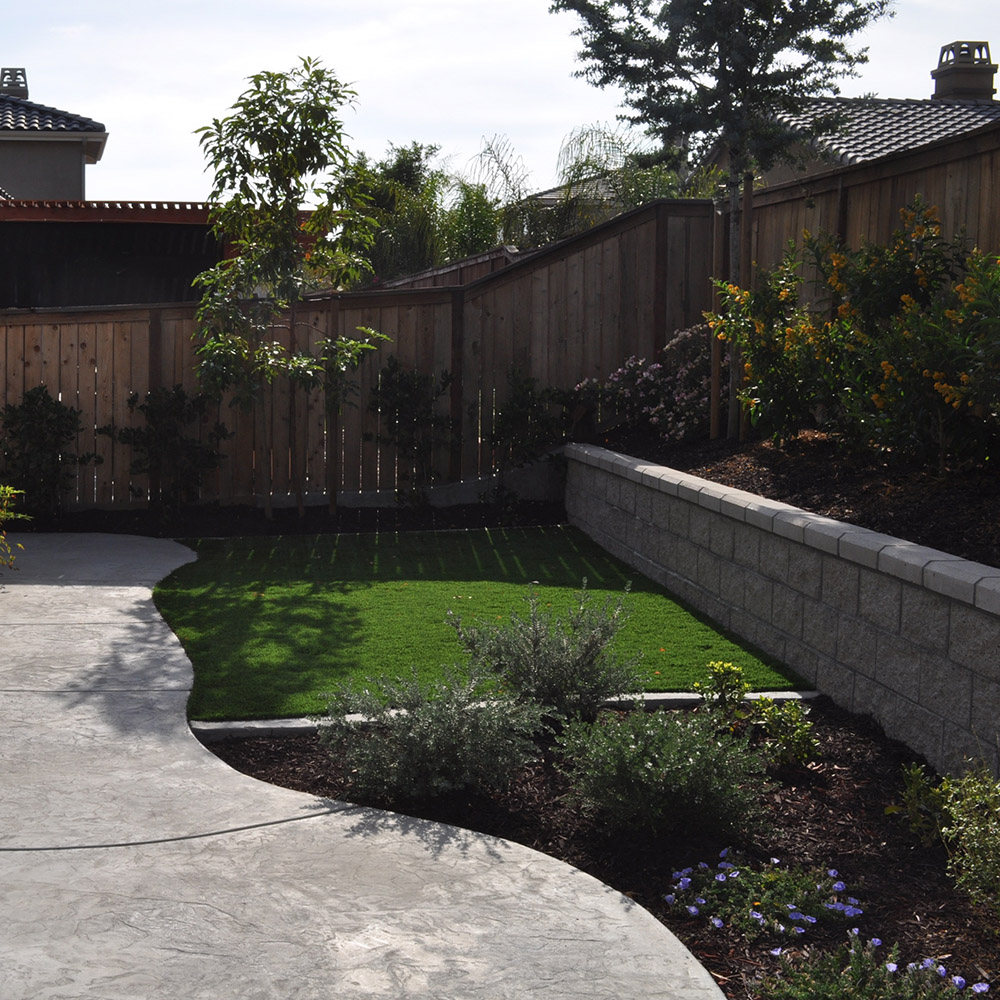
While it certainly doesn’t seem like the most exciting part of any landscaping project, mulch is extremely important. Correct application of mulch will protect your plants from weeds, retain moisture in the soil, and even provide nutrients as it decomposes. But if you’re overwhelmed by the different types of mulch available at your favorite garden supply store, this quick guide can help you determine some of the differences.
Dyed bark mulch is made from different types of bark dyed to meet your color specifications. The advantage of this type of mulch is that you can choose a color to match your landscaping (generally a rich brown color to make the plants POP!). However, keep in mind that the type of wood used is important, too. For example, cedar lasts much longer than pine, and you will pay a price difference depending upon quality.
Playground certified mulch is made from safe, resilient hardwood fiber, and does not contain any twigs, bark, or leaf debris. It meets US consumer product safety guidelines and is IPEMA certified. When installed to a depth of 12 inches, this type of mulch is designed to protect a child from a 12-foot fall. Community parks use this type of mulch under play equipment, rather than standard wood chip mulch, which is not certified to protect children.
Cocoa shell mulch is produced from the hulls of cocoa beans, which are separated from the bean during the roasting process. This type of mulch is long-lasting, produces a pleasant smell, and darkens with age. It also retains moisture better than traditional bark mulch, and insulates root systems during extreme hot or cold weather. This type of mulch can add up quickly so is often used for small areas.
Gorilla hair mulch is, luckily, not what the name implies! This type of mulch is made from recycled redwood bark, mechanically shredded to produce a tufted fiber. The fluffy appearance is visually pleasing and maintains it shape, while the mulch decomposes slowly and enriches the soil underneath. If you want attractive mulch that doesn’t need to be replenished often, gorilla hair mulch might be right for you. It can get stuck in a dog’s coat though so this may not be the best choice for pet owners!
Rubber mulch has been used in many playgrounds and other settings, but we cannot recommend it. As rubber mulch heats, it can release toxic gases. These gases can cause nasal and respiratory irritation, depression, headache, central nervous system damage, nausea, dizziness, damage to the eyes and kidneys, and dermatitis. Clearly, this is not a product you want in a playground or even in your landscaping! Placing it around plants can damage the plants and even the soil around them for future plantings.



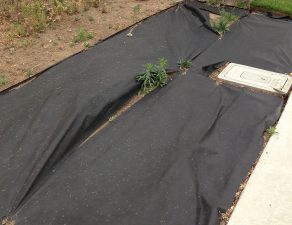
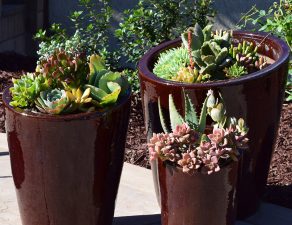
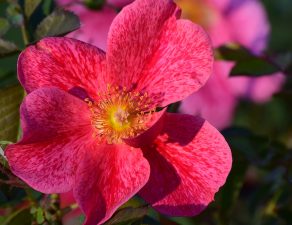
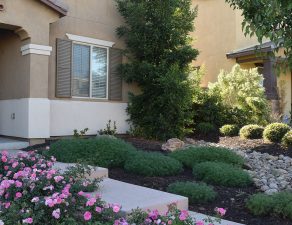
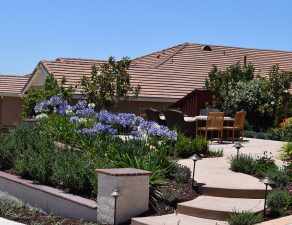
Write a comment: